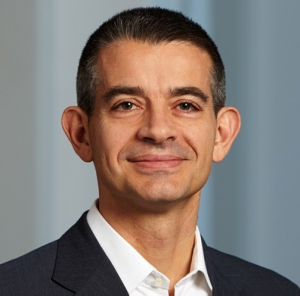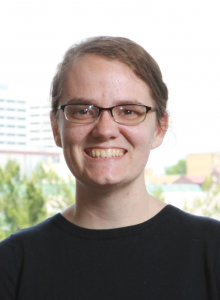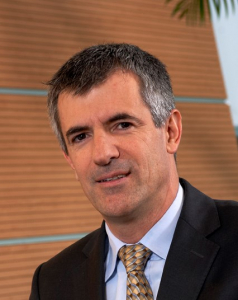1.1 Plenary Keynote: The Industrial IoT microelectronics revolution
Philippe Magarshack, STMicroelectronics, France
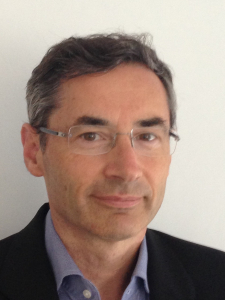
Industrial IoT (IIoT) Systems are now becoming a reality. IIoT is distributed by nature, encompassing many complementary technologies. IIOT systems are composed of sensors, actuators, a means of communication and control units, and are moving into the factories, with the Industry 4.0 generation. In order to operate concurrently, all these IIoT components will require a wide range of technologies, in order to maintain such system-of-systems in a full operational, coherent and secure state. We identify and describe the four key enablers for the Industrial IoT:
- more powerful and diverse embedded computing, available on ST’s latest STM32 microcontrollers and microprocessors,
- augmented by AI applications at the edge ( in the end devices), whose development is becoming enormously simplified by our specialized tools,
- a wide set of connectivity technology, either with complete System-on-chip, or ready-to-use modules, and
- a scalable security offer, thanks to either integrated features or dedicated security devices.
We conclude with some perspective on the usage of Digital Twins in the IIoT.
Philippe Magarshack is currently MDG Group Vice President at ST Microelectronics, in charge of Microcontrollers and Digital ICs Group (MDG) Strategic Technology & System Architecture. Magarshack is also President of the Minalogic Collaborative R&D Cluster in Grenoble since June 2014.
In 2012, he was made Vice President in charge of Design Enablement & Services, and was CTO of the Embedded Processing Solutions during 2015.
In 2005, Magarshack was appointed Group Vice President and General Manager of Central CAD and Design Solutions at STMicroelectronics’ Technology R&D and Manufacturing organization.
In 1994, Magarshack joined the Central R&D Group of SGS-THOMSON Microelectronics (now STMicroelectronics), where he held several roles in CAD and Libraries management for advanced integrated-circuit manufacturing processes.
From 1985 to 1989, Magarshack worked as a microprocessor designer at AT&T Bell Labs in the USA, after which he joined Thomson-CSF in Grenoble, France, and took responsibility for libraries and ASIC design kits for the military market, until 1994.
Philippe graduated with an engineering degree in Physics from Ecole Polytechnique, Paris, France, and with an Electronics Engineering degree from Ecole Nationale Supérieure des Télécommunications in Paris, France.


